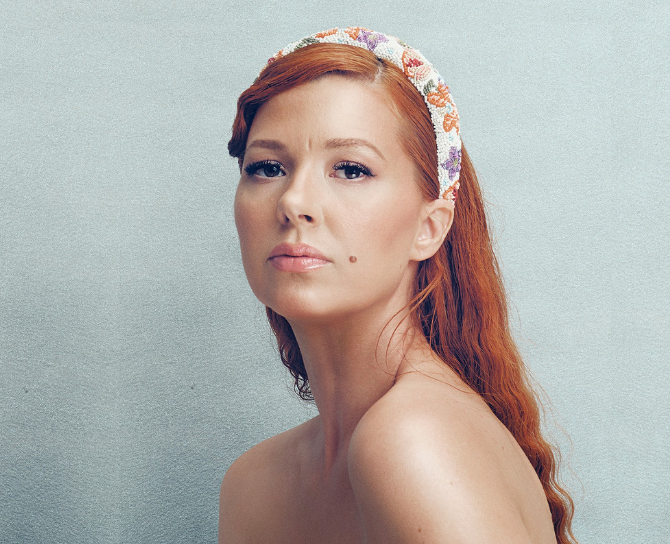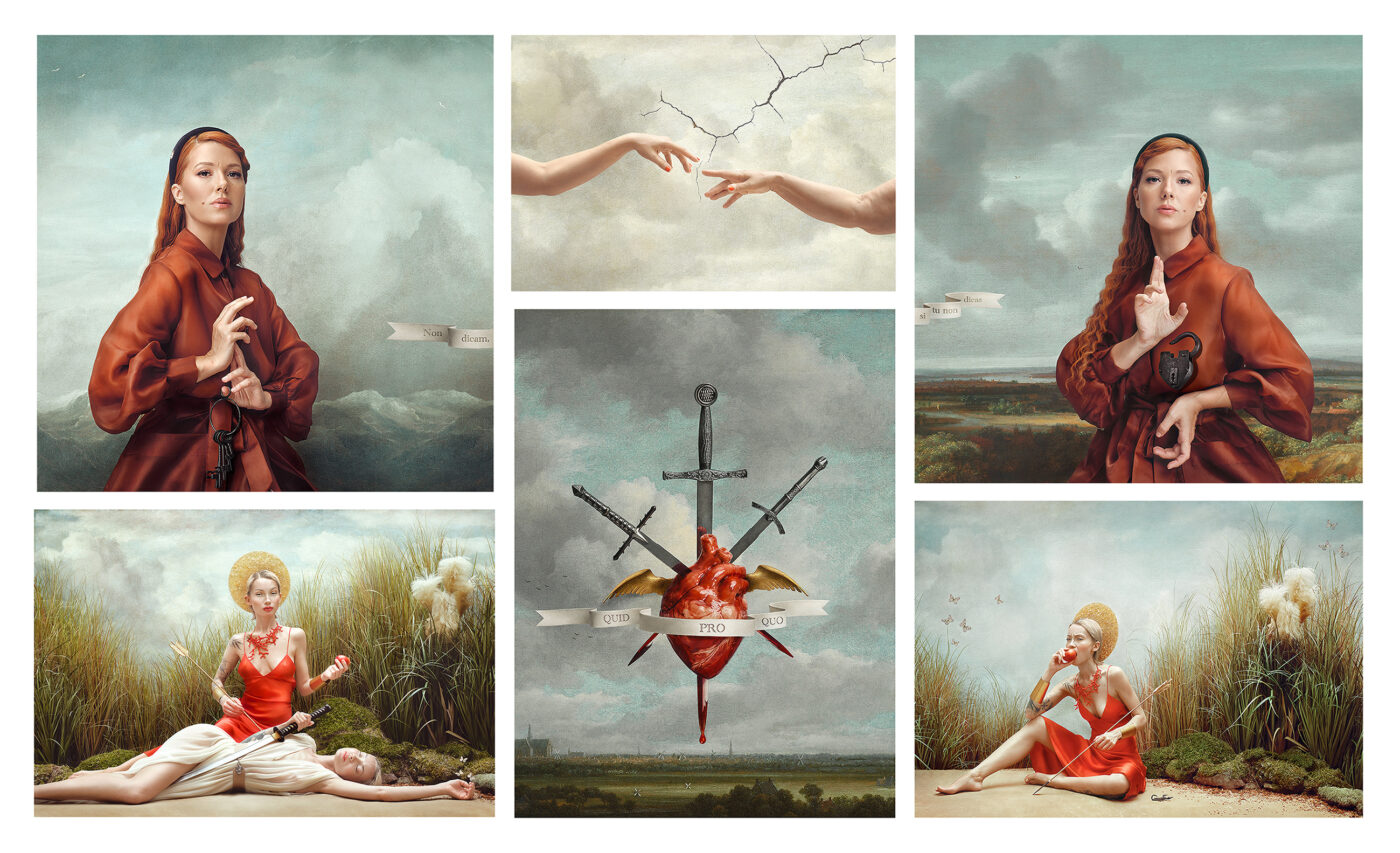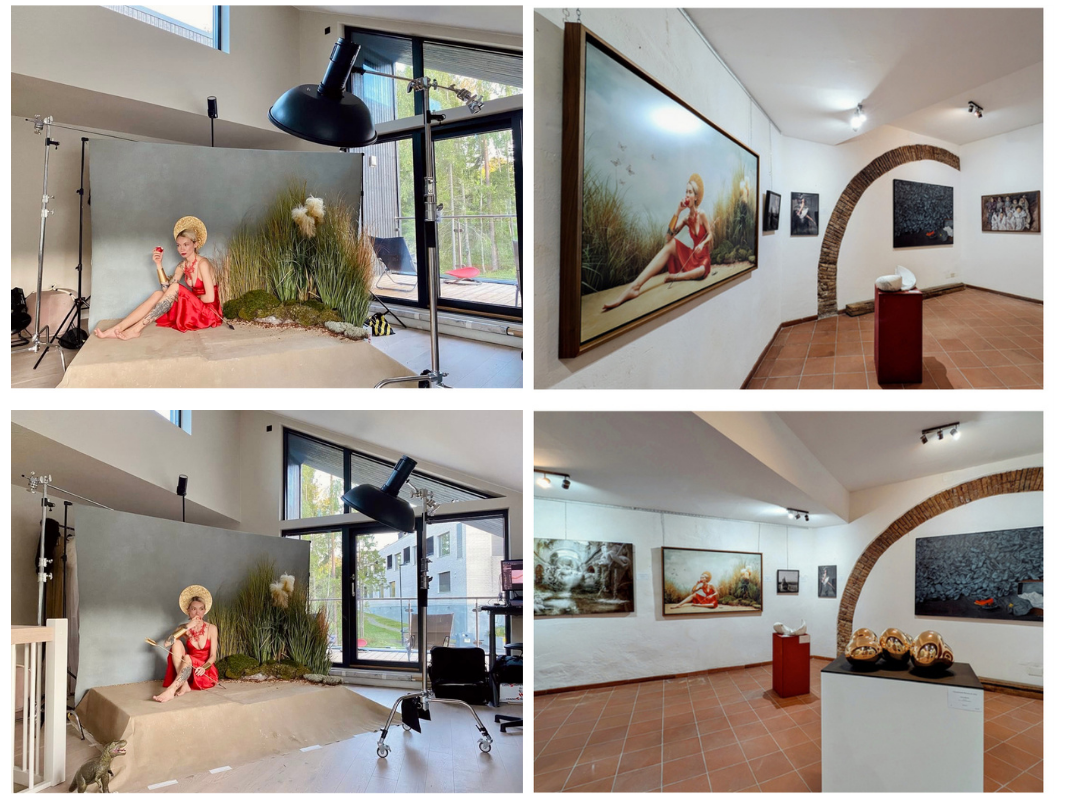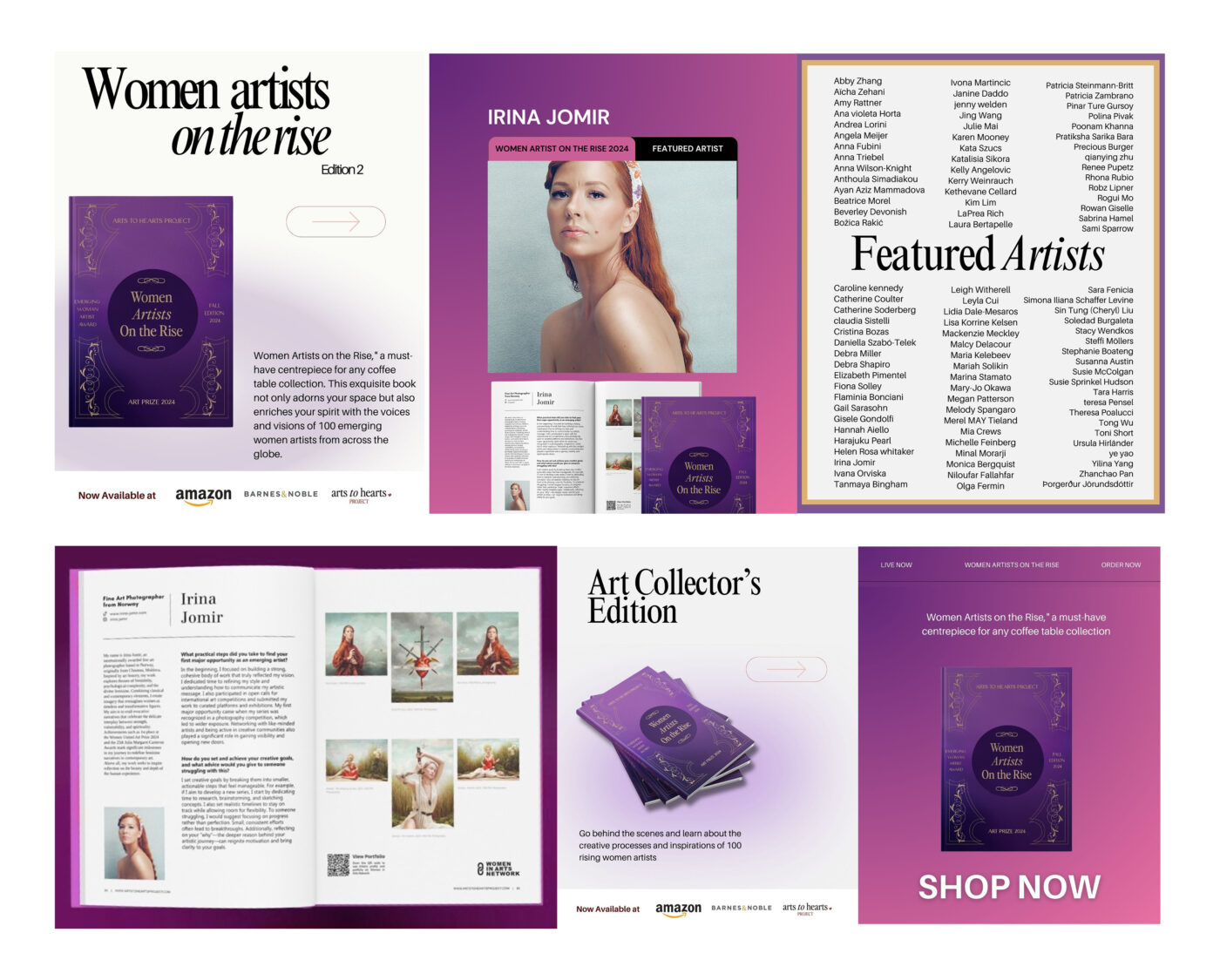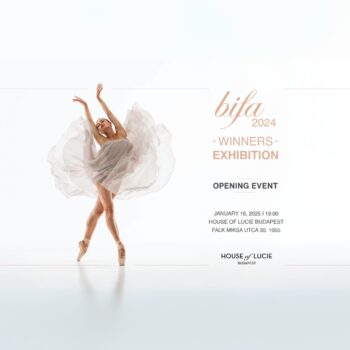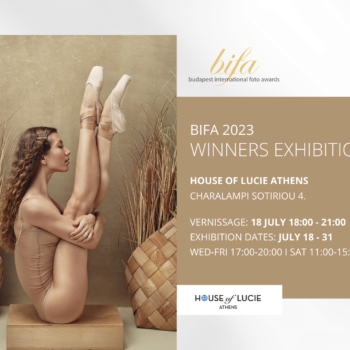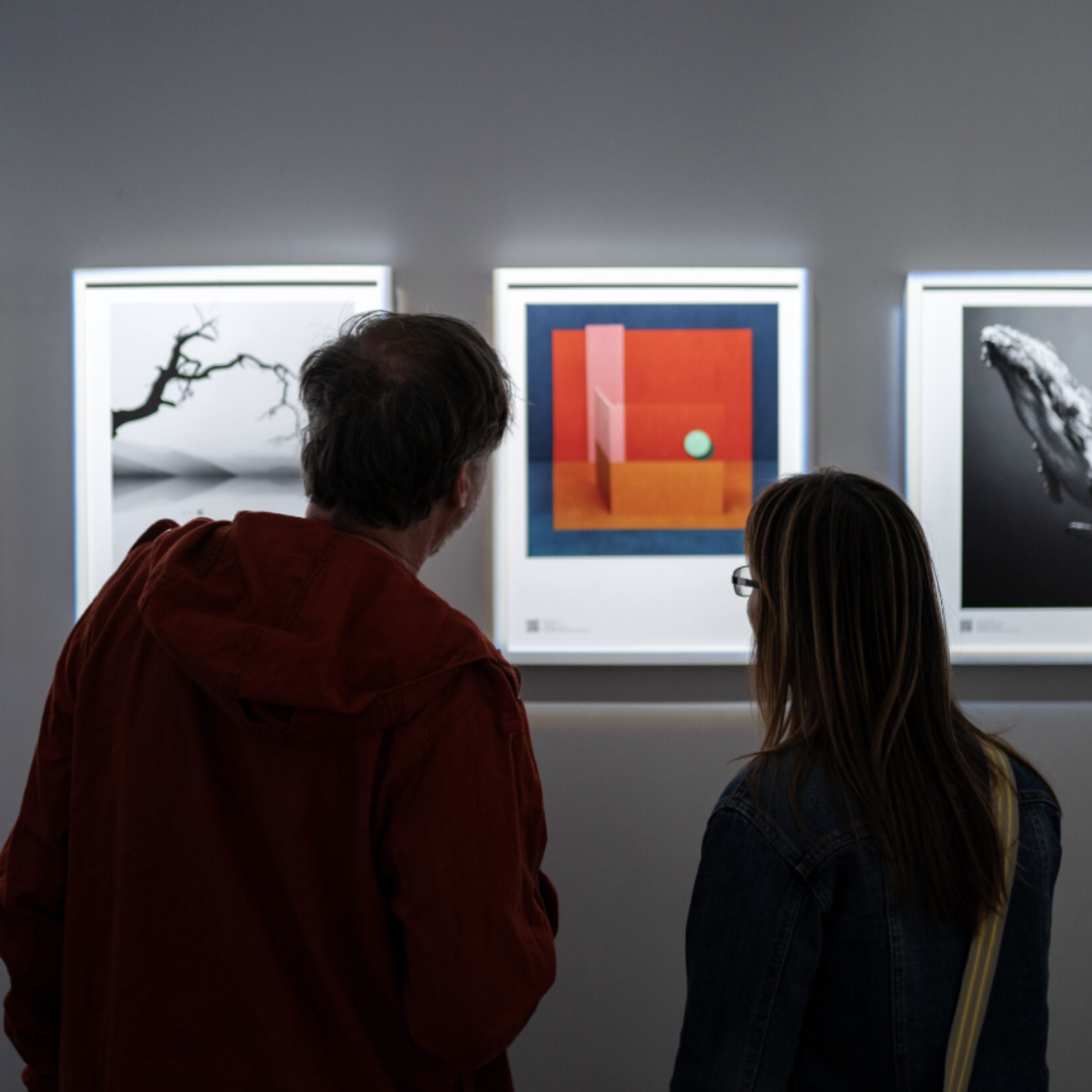Your work has now been featured in international exhibitions and publications. How have those platforms helped shape the way you think about your art—and your audience?
Each exhibition or publication is a mirror through which I see my work anew. When my images are placed in dialogue with different curatorial visions or viewed by audiences across borders, I become more aware of the universal undercurrents in what I create. It has reminded me that even the most personal expressions can resonate widely, especially when rooted in emotional truth. I’ve also become more conscious of how cultural context shapes interpretation, and this awareness subtly informs how I construct visual narratives.
Having been part of exhibitions from Italy to Barcelona, has the experience of showing your work in diverse cultural contexts influenced your perspective as a photographer?
Absolutely. Although the Barcelona exhibition will take place later this year, the anticipation itself is already shaping how I reflect on my work’s trajectory. Presenting in varied cultural environments deepens my understanding of how visual language can both transcend and be shaped by context. It challenges me to stay true to my vision while remaining open to how it will live and breathe in new settings. These moments of cultural exchange enrich not only how I share my work—but also how I dream future projects into being.
Several of your accolades speak directly to the recognition of women in the arts. Has this become a more intentional theme in your creative voice or outreach efforts?
It always lived at the heart of my work—this need to articulate and elevate the feminine voice, in all its complexity. But over the past year, I’ve felt more intentional about aligning myself with platforms that recognize and support women in the arts. It’s a responsibility I carry with pride. I believe in the importance of visibility, of reclaiming narratives and archetypes, and of contributing to a richer, more diverse visual landscape. The recognition has not only affirmed my path—it has inspired me to be more vocal in supporting others on theirs.
With one of your works entering a permanent museum collection, how does it feel to know your photography is now part of art history in such a tangible way?
It’s both humbling and surreal. As artists, we often work in solitude, guided by intuition and the need to express something deeply personal. To have that inner world recognized and preserved as part of a cultural legacy is an honor that goes beyond the personal. It’s a reminder that what we create matters—not just in our time, but in how it may echo into the future.


